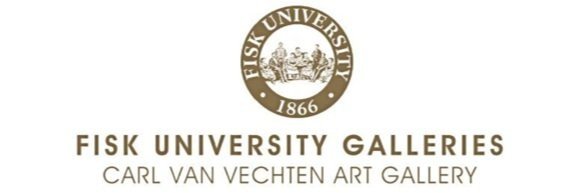
Leaves of Grass. 2012-2021 .2021., makes part of the Occupation ongoing series of public interventions in which artist Ibrahim Mahama, (born in 1987, in Tamale, Ghana), utilizes symbolically loaded material- associated with trade and labor- to question the notions of commodity and ownership, and their complex iterations within our histories.
Food-markets, railway stations, museums, footbridges, monuments, theaters, ministries, situated around various cities, countries, and continents, are being enveloped in layers of fabric made by worn jute sacks obtained from traders in exchange for new ones. The sacks, manufactured in Asia and distributed internationally, are used in Ghana to package raw goods, such as cocoa and coffee, for export to the Americas and Europe. Once they arrive in each new entry point of their route all around the world, they gain new traces of the sweat, the hands, the tears and laughs of the “workers” that dealt with them along the way. Each of these signs reveals a whole new chapter of sociopolitical and economic conditions of oppression that continue to occur within the capitalist economy. Yet, at the same time, the sacks’ material becomes a universal skin and together a living monument.
Mahama preserves religiously this “body,” with all its scars and scarifications, and enlarges its entity through the never-ending circulation of the same fabrics, marked by the traces of their trajectory and their presentation in new assemblages. The material is being resewed, draped over and wrapped around the various urban spaces, again and again, as it travels from place to place. This operation needs mending, care, and together a collective action. The trans-institutional initiative Engine for Art, Democracy, and Justice (EADJ) has selected Fisk’s Little Theater as the site for the installation of Ibrahim Mahama’s work, Leaves of Grass. 2012-2021. 2021. The Little Theater is the oldest building on Fisk University’s campus, originally constructed as civil war army barracks and transformed six months after the war into the Fisk Free Colored School, which housed classes for newly freed enslaved peoples who traveled hundreds of miles in the pursuit of education. This building is home to some of the most important and underrecognized histories in the United States, ranging from Reconstruction to Jim Crow to the Little Theater Movement of the 20th Century. This artistic intervention highlights Fisk University’s continuing legacy in the global exchange of ideas and cultural production. These movements bring into focus the contributions of Charles S. Johnson, W.E.B. DuBois, Aaron Douglas, and the numerous faculty and alumni that followed to advance the dialogue around Social Justice.

